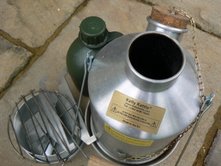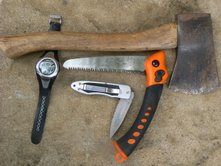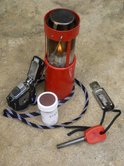Last weekend saw us make it on the first river trip of the year, finally after a very cold and rather drawn out winter this year. It was fantastic to finally get out on the water, and with the river Wye in quite a bit of flow after yet more rain the river itself felt as eager to move down stream as we were! A highlight was taking our new red Old Town Discovery 158 out for a maiden trip, and I have to say she is a lovely boat – there’s something classic about the red colour – perhaps it’s from the Bill Mason days (see below), and whilst our green one blends in visually with the surroundings, the red one seems equally at home out in the wilds. There was really no sign of spring yet, despite it being the very end of March – just some wild garlic in the woods with it’s rich pungent aroma as you walk through breaking the leaves and releasing the scent, and a few daffodils of course in the churchyards and gardens. But otherwise it felt like we were there at the very start of spring – the first day was much like winter, cold wind and grey clouds, no greeness in the trees at all. But when the sun came out after the nights camp on an island in the river, and all the birds in the valley burst into song it seemed like suddenly spring had gotten underway. Buzzards soared in breeding pairs above our campsite, the river flowed past, and overall it was a pretty special trip – here’s to many more this year! View the trip in video below:
Some still photos of the trip:




![Reblog this post [with Zemanta]](http://img.zemanta.com/reblog_e.png?x-id=32e63be3-1be6-4397-be7c-6f8db0006413)